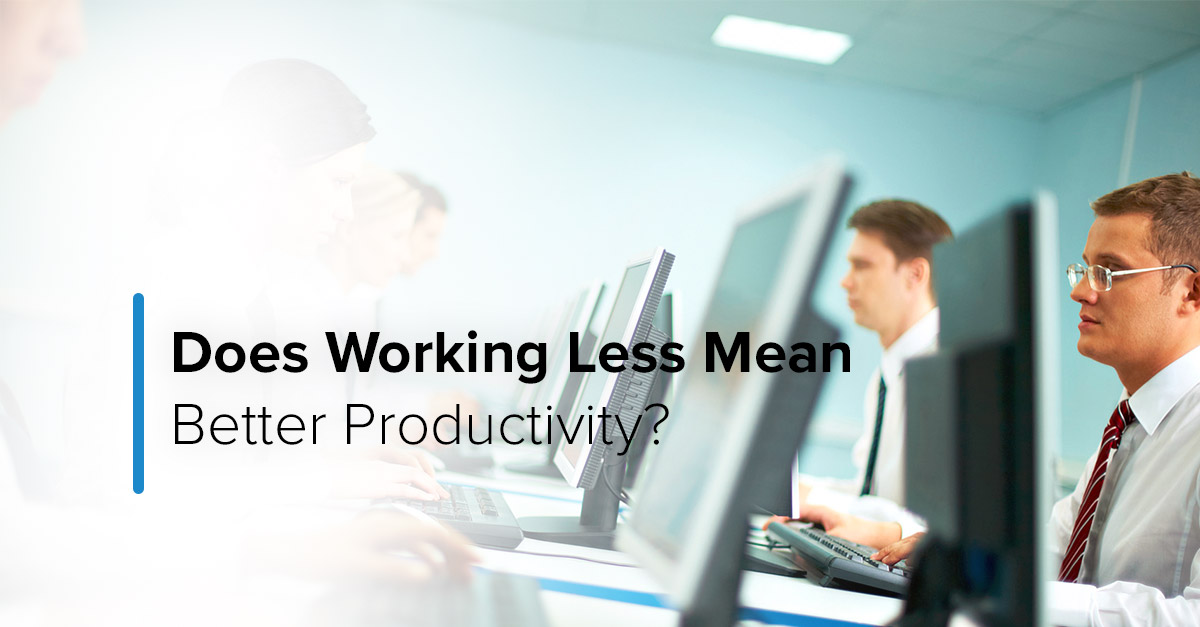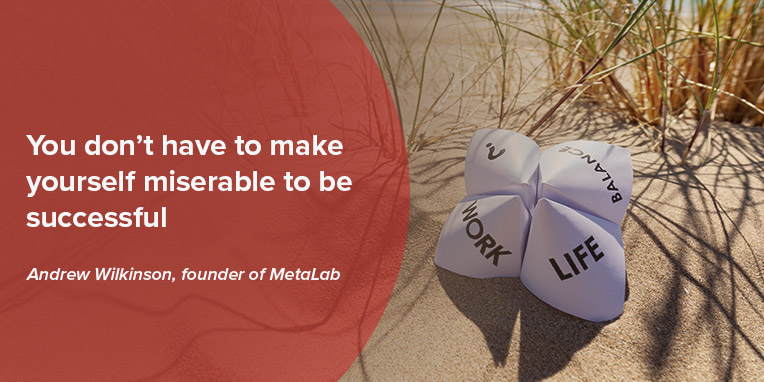Full-time American workers averaged a 47-hour workweek in 2014, with 21% working 50-59 hours a week and 18% putting in 60 hours or more, according to Gallup.
Many people work long hours. The traditional view from both employees and their bosses is that the more people work, the more they achieve.
It seems that might not be the case, though. A range of research now suggests that longer hours don’t necessarily result in increased productivity. Indeed, working longer isn’t just potentially bad for getting things done but for workers’ health as well.
Here’s a look at some of the negative aspects of working longer.
The downsides of longer working hours
Less productivity
Working longer won’t necessarily make your employees more productive. A 2014 study by Stanford University’s John Penceavel found that when people work more than 50 hours, their productivity began to fall. Essentially the difference in terms of output between 55 and 50 hours of work is very small. After 70 hours of work in a week, the productive output is almost that same as 56 hours.
Problems at home
It’s perhaps no surprise that working long hours can create problems in employees’ home lives. The more time they spend at work, the less they can help out at home and the worse their relationships may become. According to the Journal of Occupational and Environmental Medicine, there is a direct link between domestic and work conflict and burnouts.
It’s bad for their health
Working long hours is bad for your employee’s health and may jeopardize their long-term productivity as well as cost your company in terms of sick days and possibly healthcare. Long working hours can contribute to the risk of having a stroke, getting type 2 diabetes, and may increase the risk of heart disease, especially among people who work more than 46 hours a week.
Limiting work hours
Ultimately it’s difficult to put an absolute number on the amount of time your employees should work. Clearly, however, many people are working too much.
One great way to keep an eye on your team is to by monitoring employee productivity.
Employee Monitoring software can be remotely installed on each of your employee’s devices. The software will then be able to monitor exactly when and how for how long each employee is working and what software and websites they are using.
The software also generates productivity reports giving you a breakdown of each of your employee’s productivity and working time.
It’s a great way to tell when your employees are being productive and find out if any of them are working too much.
Over To You
How do you feel about giving employees more time off? Let us know in the comments section below!






